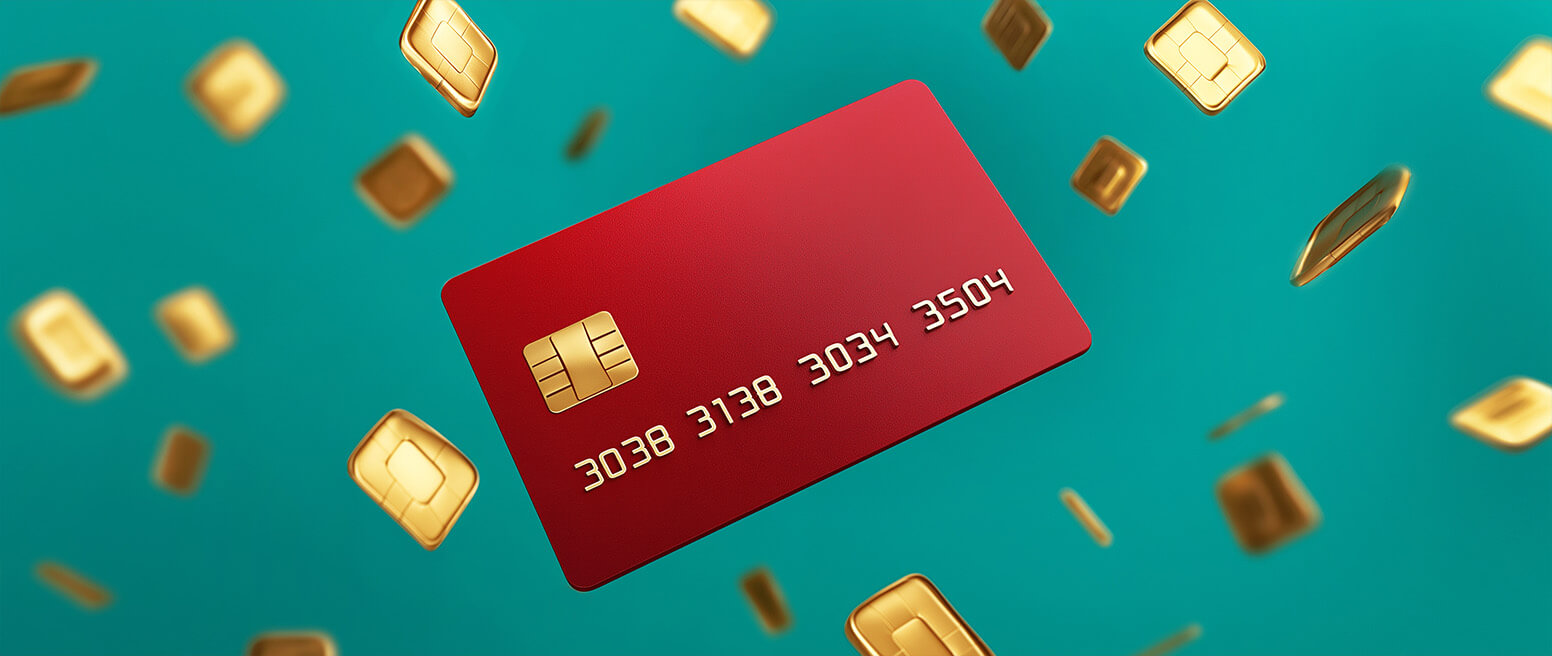Account-to-Account (or “A2A”) Payments Can Improve the Customer Experience & Save Merchants a Bundle in the Process
Paying with cash is direct. One party hands money to another one. A purchase is made, or a debt paid. Simple.
Of course, eCommerce can’t run on cash. Online transactions require a digital payment scheme of some kind.
Credit and debit cards are an obvious answer. However, card-not-present payments are a complex process. There’s a number of players and touchpoints involved in every single card transaction, adding layers of additional cost and redundancy.
Account-to-account payments are one way for banks and merchants to simplify this process. So-called “A2A payments” combine the direct simplicity of cash with new technologies to meet the needs of modern shoppers. But, how do A2A payments work? Are they safe? Let’s take a look.
Recommended reading
- What is EMV Bypass Cloning? Are Chip Cards Still Secure?
- Dispute Apple Pay Transaction: How Does The Process Work?
- Terminal ID Number (TID): What is it? What Does it Do?
- What is EMV Technology? Definition, Uses, Examples, & More
- Visa Installments: How it Works, Benefits, & Implementation
- dCVV2: How do Cards With Dynamic CVV Codes Work?
What Are Account-to-Account Payments?
- Account-to-Account Payments
Account to account (or “A2A”) payments are a payment method that allows users to directly transfer money from one party’s account to the account of a second party. Unlike other payment methods, like credit or debit card, A2A payments are done without requiring additional intermediaries.
[noun]/uh • kownt • too • uh • kownt • pay • muhnts/Digital payments have grown significantly in the last few years, but conventional digital transactions must still go through the existing card networks. That’s bad news for merchants, since they pay a percentage of each transaction (typically 2-5%) for the privilege of accepting major credit cards like Visa and Mastercard.
An account-to-account payment is just what it sounds like. You have a simple shift of money between two accounts, without the need for an outside intermediary such as a credit card or third-party app. This allows merchants to skip many transaction fees like interchange.
Moving funds directly from one account to another has been a common practice in the financial world for many years, but typically only for high-dollar amounts. New regulations and technology, however, have made things more practical for consumers. The main differentiators are the “real-time” speed of transfers, as well as that lack of a middle-man.
A2A payments can be a good complement to the growing number of other payment options available to consumers. That means there’s a lot of potential for long-term use.
While the most common transfers involve bank accounts, it’s possible to make A2A payments from pretty much any type of account. Transferring value from one crypto wallet to another, for example, could be a type of account-to-account payment.
How Do Account-to-Account Payments Work?
While each account provider has its own set of rules and procedures, the process is generally very similar from one provider to the next. The payer must authenticate the action by logging in to their bank account. Having already consented to sharing their account data with other secure financial institutions, the transaction can be authorized directly through the bank app.
An A2A payment can be either “pushed” or “pulled,” depending on who instigates the action
Push payments are initiated by the payer, who pushes money out of their account to the recipient’s
Pull payments are initiated by the payee and pull money out of the sender’s account
Both types require the payer’s permission, of course. Beyond that, there are multiple, more specific A2A transaction methods. Examples include:
Note that any of these could be either pushed or pulled transactions. For example, in a C2B exchange, a consumer would typically push a payment to the merchant. If the business works on a subscription billing model, however, the consumer would give the merchant permission to pull a payment each month.
What Are the Benefits of Using A2A Payments?
Account-to-account payments are becoming more widely accepted. So, it’s good to point out the benefits this new payment method offers to consumers and merchants, compared to traditional payment methods. Here are just a few examples.

Are A2A Payments Safe?
The short answer is “yes,” in a general sense.
As we touched on above, A2A payments carry a great deal of transaction security. All financial transfers have their own security factors, but using A2A combines many of these factors together to safeguard transactions.
Open Banking & Account-to-Account Payments
So, if A2A payments are so great, then why are we just now starting to use them? The simple answer: open banking.
Historically, A2A payments of any type ran on “rails” fully owned by banks. The idea was that only banks were secure enough to handle financial data. These rails were built long before the internet era, though, and were never designed for an international market.
Open banking is a system that offers highly regulated access to consumer’s banking and account data. That sounds like it could be a bad thing. In reality, though, it cuts substantial confusion and redundancy out of the data loop. Now, consumer financial data that was once held tightly by the bank can, with consent, be accessed by third-party providers through application programming interfaces (API).
APIs are like translators that enable software to talk to one another. Through them, a P2P app like Zelle can be granted permission to transfer money between two bank accounts without asking for the same information each time.
Open banking also simplifies how banks make transfers themselves. What was once a complicated procedure mainly reserved for high-value transactions has now evolved into a user-friendly process.
The Future of A2A Payments
A2A will definitely play a significant role in the future of payments. For starters, the United States Federal Reserve is set to launch FedNow, an all-new A2A payment rail, in 2023. The FedNow service promises to make instant money transfers accessible to an expanded market of organizations and financial institutions. This, of course, should broaden the acceptance of A2A payments.
Simply put, changes are coming that will benefit consumers and merchants alike. As great as that sounds, however, it still won’t eliminate every problem.
Fraudsters are resourceful, and have already begun exploring methods of manipulating A2A payment platforms. Ultimately, true fraud prevention will require a more comprehensive approach.
FAQs
What is A2A on my bank statement?
A2A is shorthand for “account-to-account payment.” This refers to electronic money transfers from one bank account into another.
What is an example of an A2A payment?
One example would be subscribing to a streaming service, but selecting A2A as a payment option, instead of a credit card. The subscriber would give consent in the initial transaction, meaning the merchant could pull the monthly cost directly from the customer’s account.
What is the difference between P2P and A2A?
P2P (Person to Person) is when you pay another person directly using their email or mobile phone number. A2A (Account to Account) allows you to transfer money to and from your account and an account at another financial institution (i.e. a merchant’s bank account).
What is the future of A2A payments?
Account-to-account transactions are gaining market share, as compared to cash and bank cards as payment methods. A2A payments are predicted to comprise 20% of global eCommerce payments by the end of 2023.














